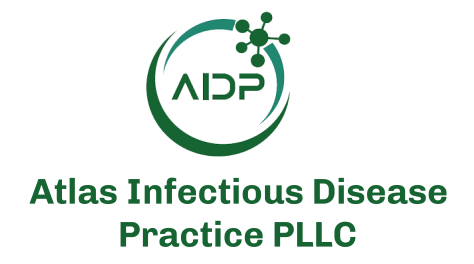For people who are battling HCV, there are a number of challenges to getting this patient population into the continuum of care, explains Andrew Aronsohn, MD, assistant professor of Medicine, University of Chicago Medical Center.
“I think what’s really important to think about when caring for people with hep C—both on an individual and a population basis—is that oftentimes, we’re really focusing on helping very vulnerable populations,” said Aronsohn. “So these are folks that may be struggling with addiction; these are folks that may have difficulty with transportation or navigating huge health systems, or maybe undomiciled. Every time you set up another step for them to have to follow-up, you risking losing them to follow-up. There’s a lot of data in HIV and even in hep C, that if you put this all into 1 visit and you can work on some education and actually give them medication in hand before they go out the door it is beneficial.”
With these challenges, AASLD/IDSA (American Association for the Study of Liver Diseases/ Infectious Diseases Society of America) have partnered together to create a “screen and treat” algorithm. The algorithm provides guidance for clinicians to show them how to carry out this model and expedite the time needed to get tested and on HCV medication.
Aronsohn is one of the chairs of the AASLD/IDSA HCV panel. He and others on the panel periodically update the guidelines to include new patient populations and the addition of new treatments and testing.
“This is a brand new algorithm. There was general treatment guidelines, and we did have a simplified treatment guidance that was a little bit easier, but this is not for every patient—that’s really important,” Aronsohn said. “These updated treatment algorithms are for a certain subset of patients, which is spelled out in the algorithm itself…With the availability of point of care testing, that was the missing piece to actually do a test and treat pathway,” Aronsohn said.
Within this 1 clinical visit, there are few major aspects of the algorithm the panel wants to see providers perform during patient encounters, including: point-of-care HCV RNA testing, which allows for quick diagnosis; for those who test positive for the disease, give patients medication at that same encounter; test for hepatitis B and follow-up with patients if they test positive; and lastly, give patients an HCV RNA test 4 weeks after completion of therapy to determine if the virus has been cleared.
“This is just another option that providers can have in their armamentarium, if that makes sense for the population that they’re taking care of,” Aronsohn said. “And really the big goal is we want to diagnose and treat as many people as possible for this entirely treatable disease that still kills.”
For those interested in downloading the algorithm, readers can go here.






